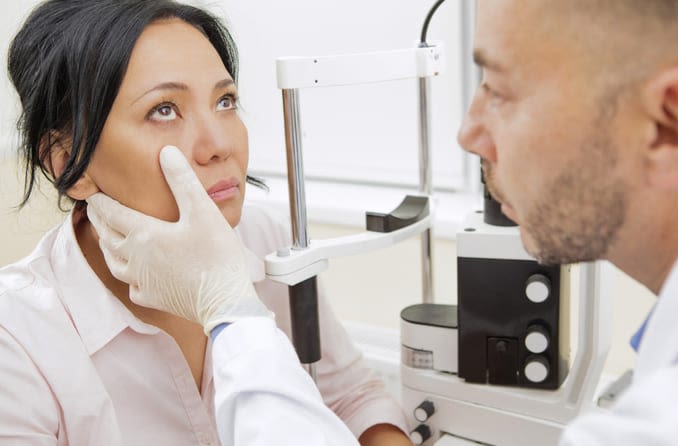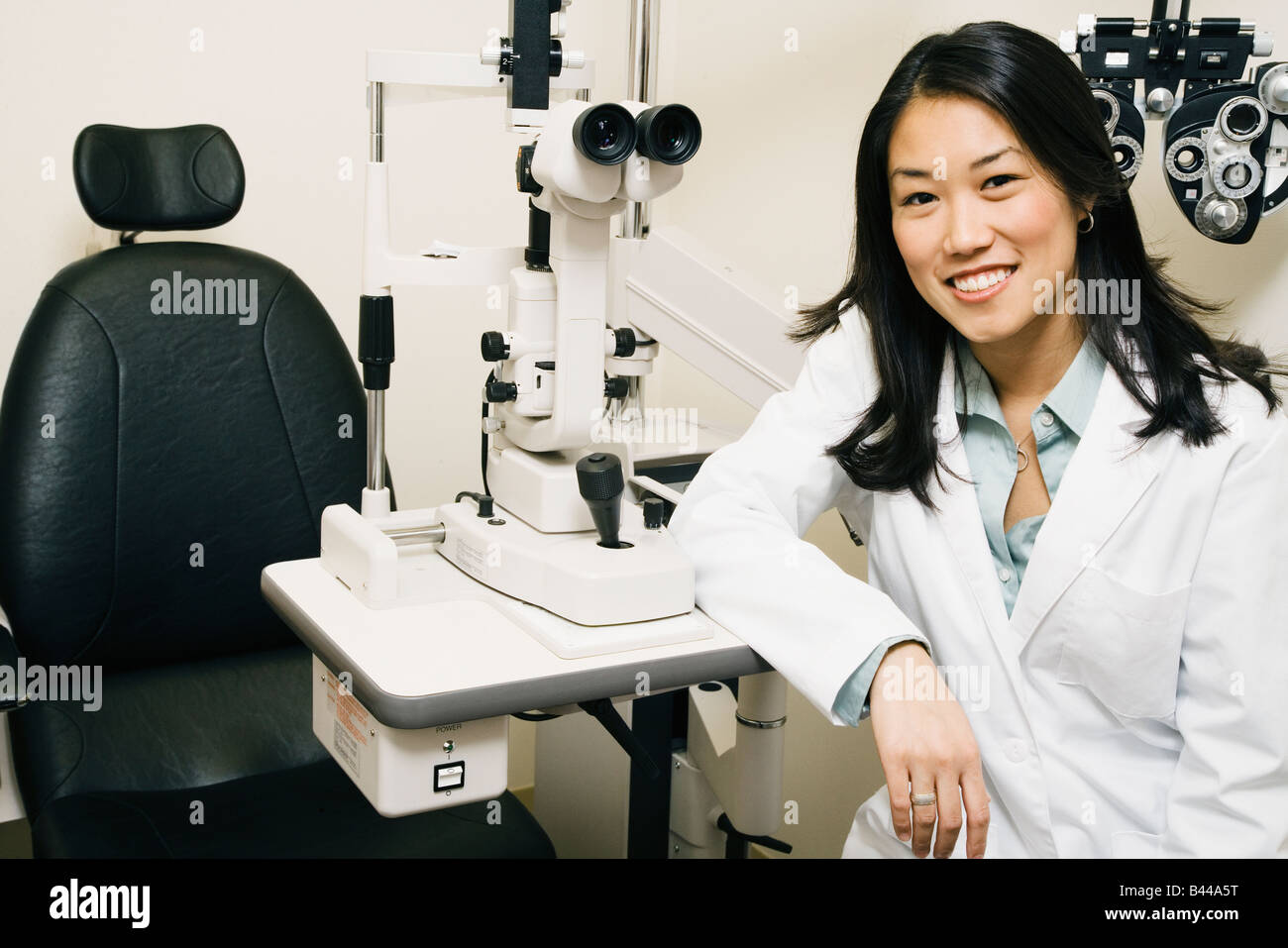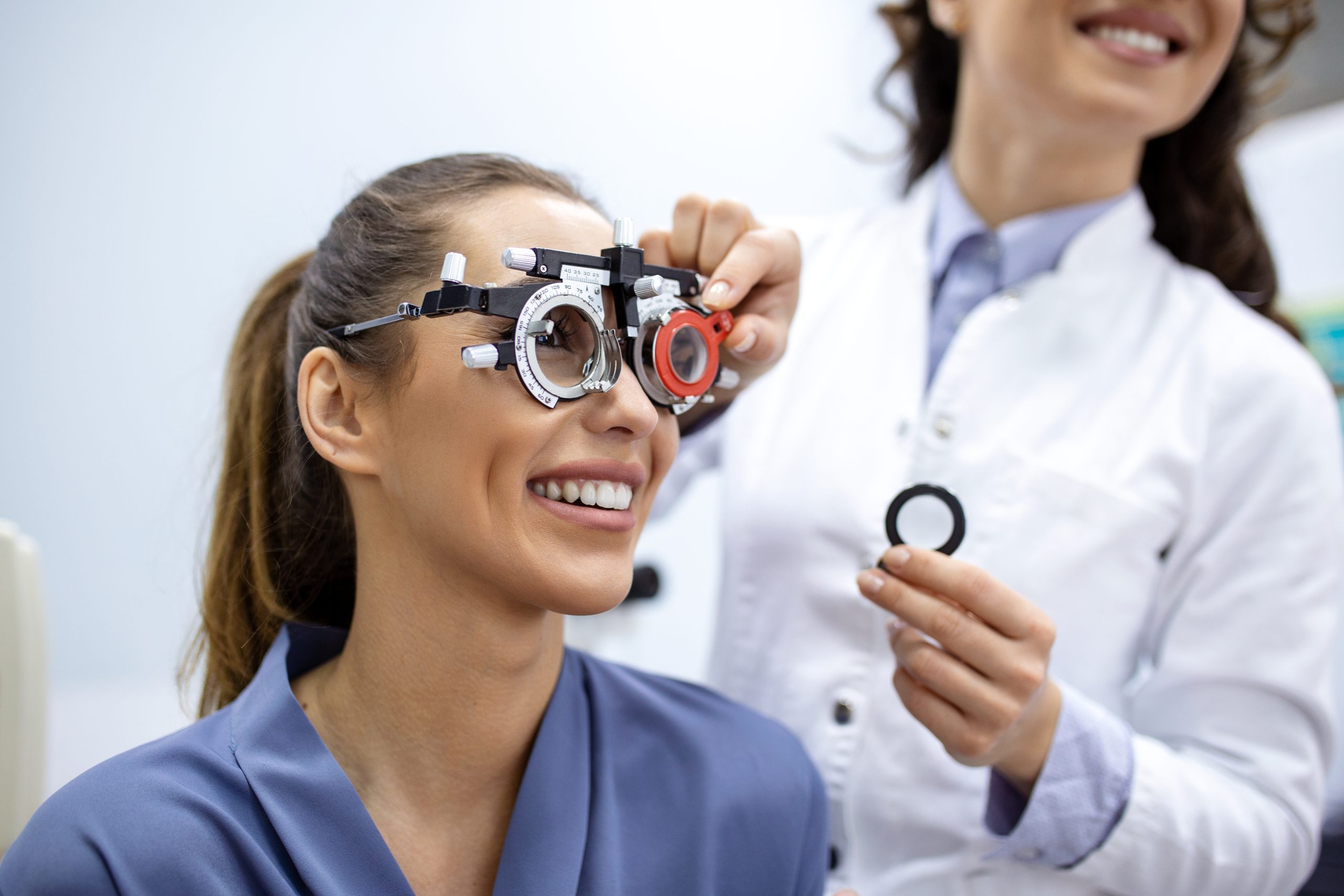Experience Personalized Care with Opticore Optometry in Chino
Experience Personalized Care with Opticore Optometry in Chino
Blog Article
Discovering the most recent Technological Innovations in Optometry and What They Mean for Eye Doctors
From the precision of Optical Comprehensibility Tomography to the nuanced insights supplied by AI-driven analysis devices, these technologies are establishing brand-new standards in patient analysis and treatment. As these improvements permeate the technique, eye doctors are encountered with the challenge of embracing these tools to improve individual outcomes.
Technologies in Diagnostic Tools
Advancing the field of optometry, innovations in analysis tools have reinvented the method eye treatment specialists assess and detect ocular problems and visual impairments. The past years has witnessed significant technological advancements, enabling more precise and thorough evaluations.
An additional secret development is the intro of sophisticated corneal topography systems, which map the surface curvature of the cornea with accuracy. These devices are especially valuable for fitting contact lenses and detecting corneal conditions. Electronic retinal imaging has transformed conventional ophthalmoscopy, using thorough, scenic views of the retina that help with comprehensive aesthetic assessments.
The advancement of wavefront aberrometry has actually also been important, making it possible for the evaluation of refractive mistakes with unparalleled accuracy (Eye Doctor). This technology helps in tailoring restorative lenses and boosting surgical results for refractive surgeries. Collectively, these diagnostic advancements empower optometrists to supply remarkable person treatment, guaranteeing very early treatment and tailored therapy approaches, inevitably improving visual health and wellness outcomes
AI in Person Administration
Building on the foundation of innovative analysis tools, the unification of man-made knowledge (AI) in client administration represents a transformative jump for optometry. AI systems are progressively used to improve effectiveness, accuracy, and customization in client care.
Furthermore, AI-driven platforms assist in structured client interactions and administrative processes. Automated organizing, digital appointments, and personalized follow-up strategies not only boost individual fulfillment but also optimize time administration for practitioners. These systems can triage clients based on the necessity of their conditions, making sure that those in vital requirement get prompt focus.
Furthermore, AI enhances decision-making by offering optometrists with evidence-based suggestions and treatment paths. By incorporating data from digital health records, AI tools supply understandings that notify clinical decisions, decreasing the risk of mistakes and enhancing client end results. As AI remains to evolve, its duty in individual administration will likely broaden, reshaping the landscape of optometric treatment.
Breakthroughs in Retinal Imaging
In the realm of optometry, retinal imaging has actually seen impressive technological developments that are boosting diagnostic abilities and client care. Advancements such as Optical Comprehensibility Tomography (OCT) and fundus photography have reinvented how eye doctors visualize and examine the retina.
Improved imaging methods like OCT angiography are further refining analysis precision. This non-invasive method maps blood flow in the retina, supplying essential insights right into vascular health without the demand for dye shots. Furthermore, adaptive optics technology is being integrated into retinal imaging systems to correct eye aberrations, delivering extraordinary image clearness. Such advancements assist in the recognition of min retinal adjustments that can represent disease progression.
In addition, developments in synthetic intelligence are boosting retinal imaging by making it possible for computerized analysis of big datasets. These systems aid eye doctors in identifying patterns a measure of pathology, thereby improving diagnostic article precision and effectiveness. Jointly, these advancements are transforming retinal imaging into a cornerstone of modern-day eye treatment, boosting end results and expanding restorative opportunities.
Teleoptometry's Growing Duty
Teleoptometry is increasingly coming to be a crucial part of eye treatment, driven by innovations in electronic communication and diagnostic tools. This is particularly useful in rural and underserved locations where accessibility to specialized eye care is commonly limited.
The assimilation of expert system (AI) further enhances teleoptometry, enabling the analysis of aesthetic data and aiding in the detection of ocular problems such as glaucoma and diabetic person retinopathy. AI-powered formulas can rapidly translate complex imaging data, offering optometrists with beneficial insights that boost professional decision-making.
Moreover, teleoptometry supports connection of treatment through seamless assimilation with electronic health documents (EHRs), enabling optometrists to keep extensive individual backgrounds. When seeking advice from with various experts., this ensures that clients get consistent and tailored treatment also.
Regardless of these advantages, difficulties continue to be, including making sure information security and handling individual expectations. Nonetheless, teleoptometry stands for a substantial stride towards more obtainable, reliable, and patient-centered eye care. As innovation progresses, its function is poised to expand better.

Future Fads in Eye Treatment
A myriad of innovative fads is readied to reshape the future of eye care, driven by technological innovations and the evolving requirements of patients. One significant trend is the assimilation of expert system (AI) in diagnostics, which promises to boost the accuracy and effectiveness of eye examinations. AI algorithms can examine vast amounts of data from retinal pictures, potentially identifying problems like diabetic retinopathy and glaucoma earlier than traditional approaches.
Additionally, customized medication is obtaining grip in optometry, with hereditary screening informing tailored therapy plans. This strategy aims to enhance client end results by tailoring interventions to private hereditary profiles. Wearable modern technology, such as wise contact lenses, is additionally coming up, supplying real-time monitoring of intraocular stress or glucose degrees, thus supplying continuous insights into systemic and ocular wellness.
The adoption of enhanced reality (AR) and virtual truth (VR) in training and client education and learning is an additional emerging fad. These innovations provide immersive experiences that can enhance understanding and Visit This Link skills both for clients and optometrists. As these trends develop, optometrists have to remain abreast of technical innovations to supply cutting-edge care, making certain enhanced client end results and complete satisfaction in the vibrant landscape of eye care.
Verdict

Jointly, these diagnostic innovations encourage optometrists to provide premium client treatment, ensuring very early intervention and tailored treatment techniques, eventually boosting aesthetic health description end results.

As these modern technologies continue to advance, optometrists should adapt and incorporate them into practice, inevitably maximizing operations performance and raising the standard of eye care supplied to individuals.
Report this page